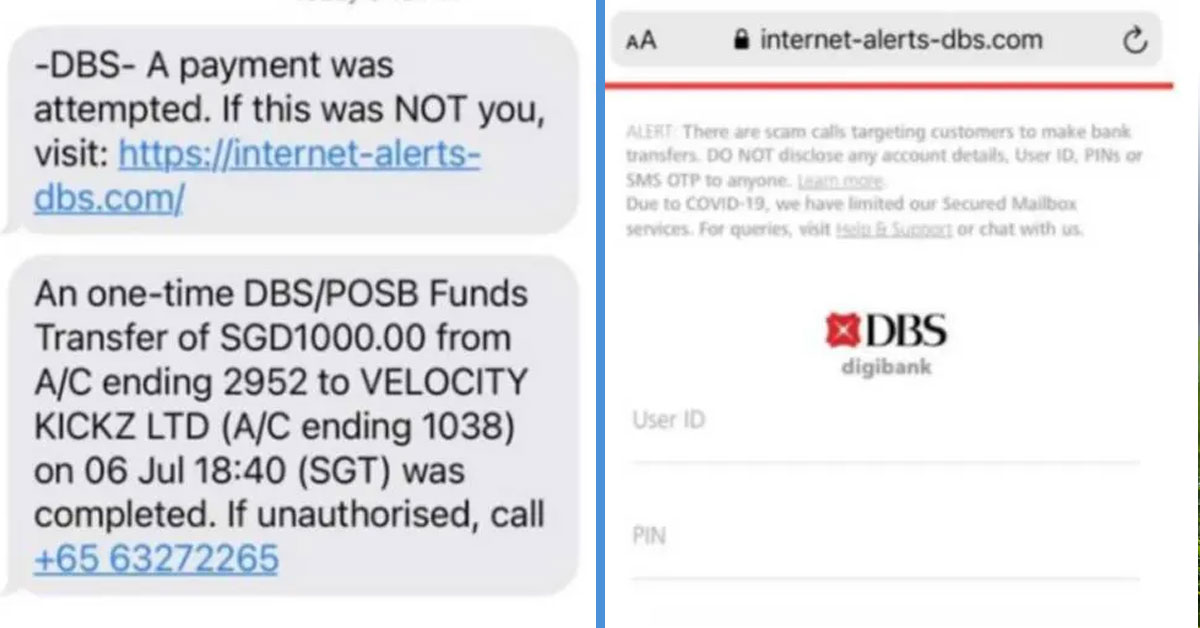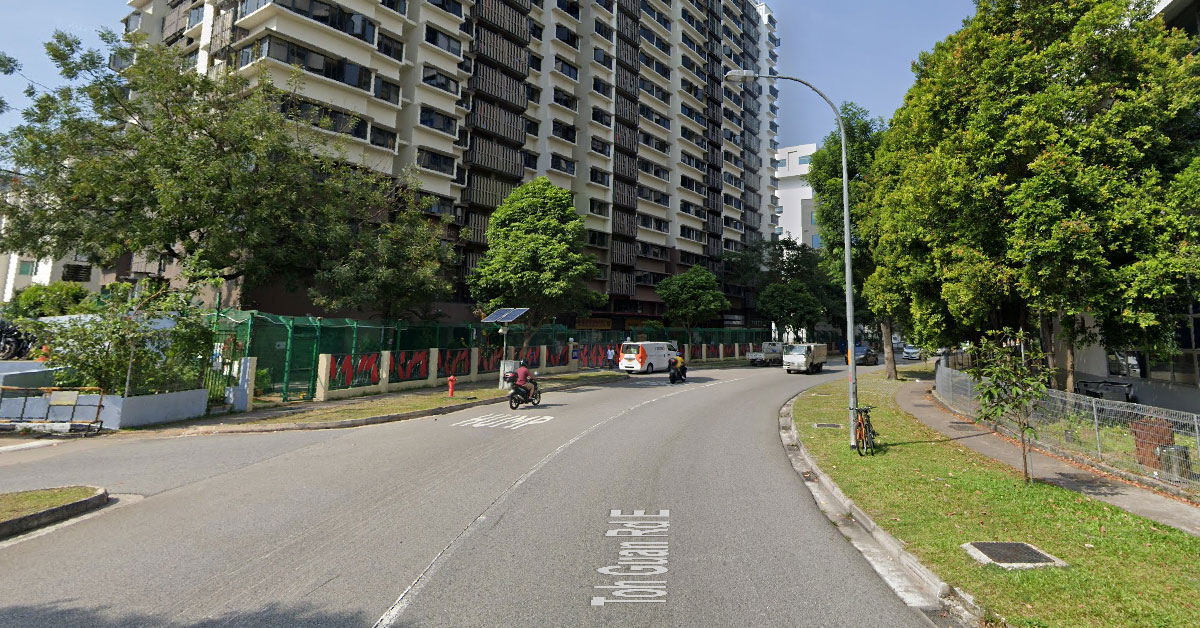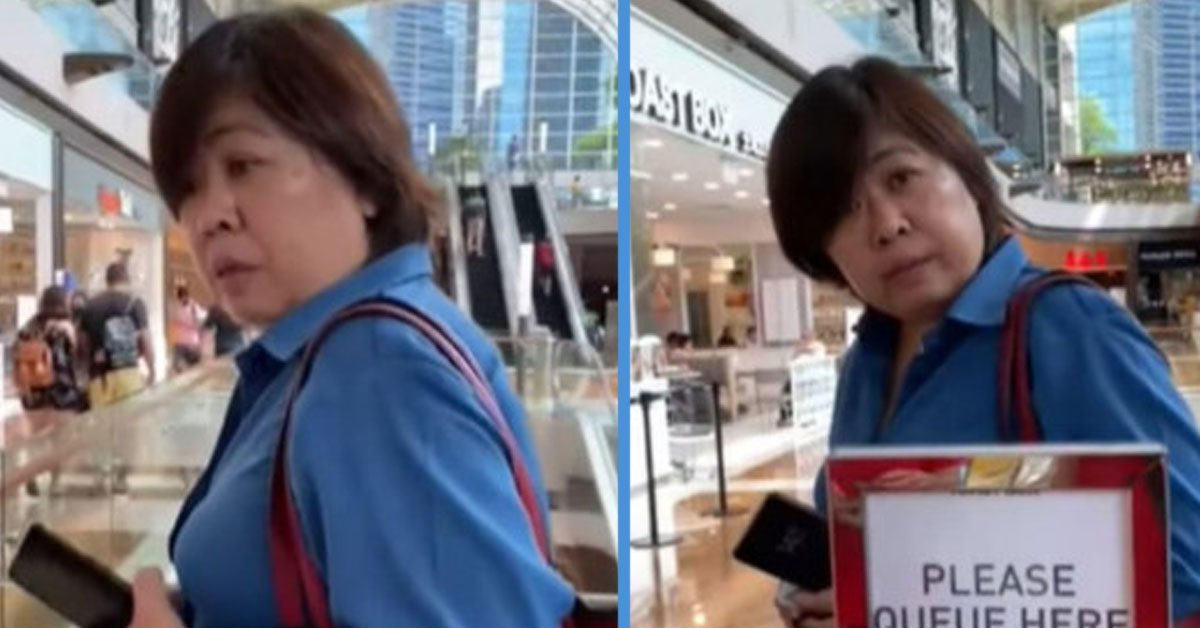Scammers are constantly changing their tactics – their modus operandi – not only to keep up with the times, but also to keep their scams fresh and their victims knowing none the better.
Well, this is probably one of their best attempts yet!
According to the Singapore Police Force (SPF), between January to May of this year alone, there have been 374 reported bank-related phishing scams, losing its victims a collective S$1.07 million.
That’s just a fraction of what was lost in bitcoins back when Elon Musk’s Twitter account was hacked but it’s a substantial number nonetheless!
How Do The Scammers Operate?
The victims of the scam will receive an SMS from the scammer posing as their banks to notify them of “successful payments” that they have obviously not authorized.
Most people would be panicking at this point since the payment amount could be quite huge.
They will immediately tap on the link provided along with the SMS to inform the bank that they didn’t make the transaction.
This is where the scammers will get you!
The link will lead the victims to a phishing website.
This means that the website looks exactly like the bank’s website except that it’s a fake; a front that’s managed and controlled by the scammer.
The victims will then be asked to provide their personal details, Internet banking info and one-time passwords. All the necessary information for the scammers to hijack your bank account.
Once they are in, they will quickly transfer whatever money you have in your bank account to another account and this is when the victims will realize that they have been scammed.
According to the police, “As the scammers had spoofed the bank’s SMS accounts, the scammers’ message might appear in the same SMS conversation thread as a bona fide SMS message from the bank.”
This is why so many people feel for this scam as opposed to any generic email scam involving a Nigerian Prince.
How to Protect Yourself from Being Scammed?
The golden rule is to never click or tap on any links or call any number provided in unsolicited messages…
… and yes, even those that seemingly came from your bank of choice.
If you have queries about some unauthorized transaction, it’s always wise to head to the official website by googling or by using the bank URL you’ve bookmarked on your browser and get the contact information from there.
Another important PSA released by the police is to never reveal your personal details, Internet banking info and one-time passwords to anyone.
This includes bank staff and government officials as well.
They will usually have other methods of verifying your account so they will never ask you for these kinds of details.
What to Do If You’ve Been Scammed?
And if you’ve fallen for the scam, is everything’s lost?
Well, no. Not really.
You might still be able to salvage your mistake by reporting “any fraudulent credit or debit card charges to your bank and cancel your card immediately”, as advised by the police.
If you’re curious about other scams, check out this article for 10 ongoing scams in Singapore that you should know about.
Featured Image: SPF



